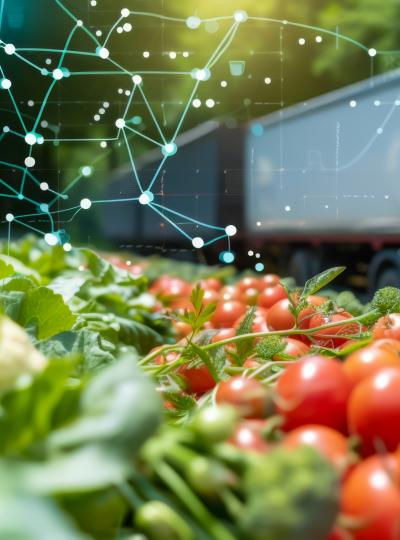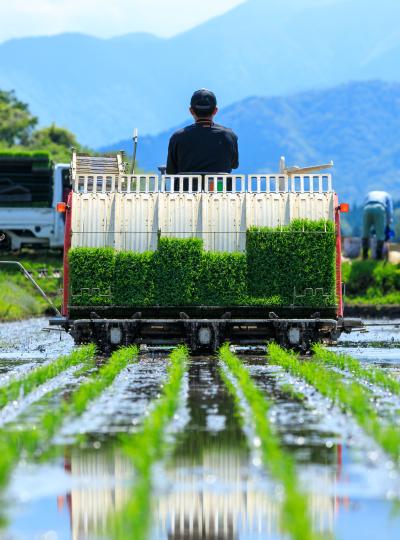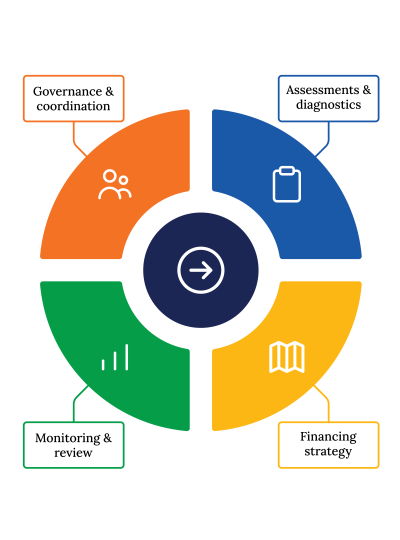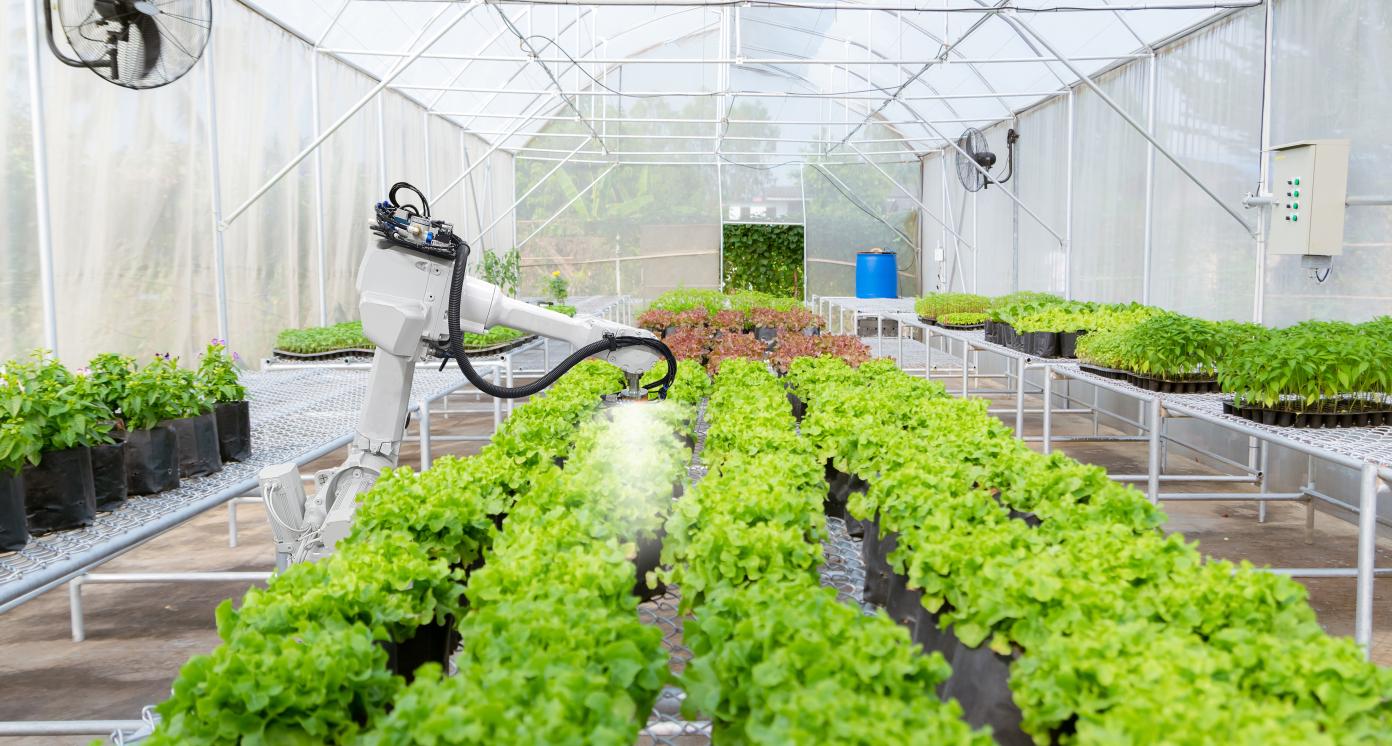AIoT farming solutions
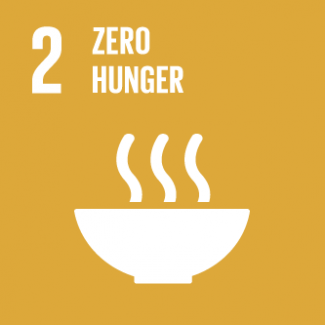
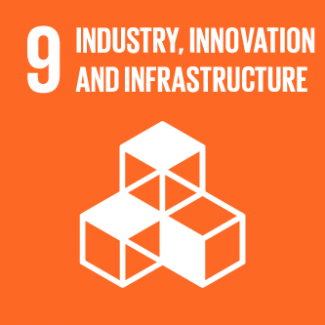
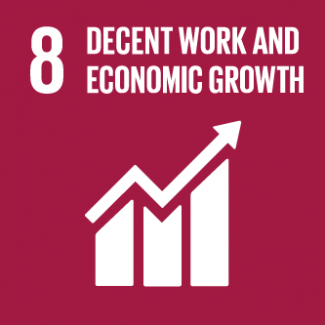

Business Model Description
Invest in AIoT farming solutions, which combines farm management software and IoT devices, providing farmers with actionable information on factors such as the condition of their crops, soil and weather
Considering that field crops and cash crops are completely different and even within the category of cash crops, different crops have different scenarios, AIoT solutions need to be integrated with crop scenarios to complete a loop (an investment professional in agriculture).
It is difficult to make money purely by selling AIoT solutions; more and high added values have to be provided through other services. To convince farmers to purchase, companies have to first help farmers make a profit before they can make money from farmers.
According to 36Kr, solutions provided by startups such as MCFLY and Talent Cloud Information Technology are to gain the trust of farmers and increase stickiness. Their main profit, however, mainly comes from the procurement of input and the distribution of produces. (1)
Expected Impact
Positive impacts include improving the economic well-being and the technological expertise of agricultural workers in China.
How is this information gathered?
Investment opportunities with potential to contribute to sustainable development are based on country-level SDG Investor Maps.
Disclaimer
UNDP, the Private Finance for the SDGs, and their affiliates (collectively “UNDP”) do not seek or solicit investment for programmes, projects, or opportunities described on this site (collectively “Programmes”) or any other Programmes, and nothing on this page should constitute a solicitation for investment. The actors listed on this site are not partners of UNDP, and their inclusion should not be construed as an endorsement or recommendation by UNDP for any relationship or investment.
The descriptions on this page are provided for informational purposes only. Only companies and enterprises that appear under the case study tab have been validated and vetted through UNDP programmes such as the Growth Stage Impact Ventures (GSIV), Business Call to Action (BCtA), or through other UN agencies. Even then, under no circumstances should their appearance on this website be construed as an endorsement for any relationship or investment. UNDP assumes no liability for investment losses directly or indirectly resulting from recommendations made, implied, or inferred by its research. Likewise, UNDP assumes no claim to investment gains directly or indirectly resulting from trading profits, investment management, or advisory fees obtained by following investment recommendations made, implied, or inferred by its research.
Investment involves risk, and all investments should be made with the supervision of a professional investment manager or advisor. The materials on the website are not an offer to sell or a solicitation of an offer to buy any investment, security, or commodity, nor shall any security be offered or sold to any person, in any jurisdiction in which such offer would be unlawful under the securities laws of such jurisdiction.
Country & Regions
- China: Hainan
- China: Heilongjiang
- China: Xinjiang
- China: Sichuan
- China: Guangxi
Sector Classification
Food and Beverage
Development need
China is confronted with many challenges on its way to sustainable agricultural development. Chinese agricultural sector remains vulnerable and is not resilience to disasters, with homogeneous crop varieties and lack of diversity in livestock and poultry varieties. Under the COVID-19 pendimic, food and beverage safety become significantly important.
Policy priority
In 2017, Rural Vitalization Campaign came out as one of the highlights of the 19th CPC National Congress. Prioritizing the development of agriculture and rural areas are also featured in the Party leadership's proposals for formulating the 14th Five-Year Plan (2021-2025). In addition, the pandemic has brought food security again to policy focus
Gender inequalities/marginalization issues
In developing countries, women farmers are 20-30% less productive than men. Most women farmers lack equal access to agricultural knowledge and technology. Smallholders produce only a third of the total value of the agricultural food supply due to their lack of access to non-staple seeds, land, and profitable markets.
Investment opportunities introduction
Agriculture sector account for 25% of China’s total employment by the end of 2019. Although China’s agriculture shares in GDP declined sharply over time, it is still an important force for the growth of other sectors.
Key bottlenecks introduction
There are about 600 million farmers in China. Over 90% of China’s agricultural sector comprises small-scale farmers with low levels of education and limited purchasing power. The trend that employment flows into to urban areas in young people changed the demographic structure of the agricultural sector. China also struggles with a lack of arable land.
Food and Agriculture
Development need
According to China’s Progress Report on Implementation of the 2030 Agenda for Sustainable Development (2019), China’s per capita natural resources for agriculture is below world averages. Moreover, the development of agriculture is key to rural development and raising rural residents’ income.
Policy priority
The 13th Five-Year Plan for National Agricultural and Rural Informatization Development promoted technology enhancement in agriculture. The Technical Guidelines for Green Agricultural Development (2018-2030) urged further R&D, demonstration and application of smart agricultural technologies, including smart sensing and real-time monitoring.
Gender inequalities and marginalization issues
In developing countries, most women farmers lack equal access to agricultural knowledge and technology. Smallholders cultivate the majority of farm units in many countries but produce only a third of the total value of the agricultural food supply due to their lack of access to non-staple seeds, land, and profitable markets.
Investment opportunities introduction
5 IOAs with the highest potential: “AIoT farming solutions”, “farm machinery and equipment”, and “drone-based agriculture” can scale up production. “New ways of farming through third-party service agencies” alleviates the common problems of fragmented land ownership and labour shortages. “Cold chain logistics and storage” improves food safety.
Key bottlenecks introduction
“AIoT Farming Solutions” is still in the stage of experiment and demonstration, and it will take alonger time to see returns. There are relatively few innovations, startups, and investment activities. Active investors
are mainly foreign PEs and industrial investment players. A large share of the investments in this field flow to agricultural production.
Agricultural Products
Pipeline Opportunity
AIoT farming solutions
Invest in AIoT farming solutions, which combines farm management software and IoT devices, providing farmers with actionable information on factors such as the condition of their crops, soil and weather
Considering that field crops and cash crops are completely different and even within the category of cash crops, different crops have different scenarios, AIoT solutions need to be integrated with crop scenarios to complete a loop (an investment professional in agriculture).
It is difficult to make money purely by selling AIoT solutions; more and high added values have to be provided through other services. To convince farmers to purchase, companies have to first help farmers make a profit before they can make money from farmers.
According to 36Kr, solutions provided by startups such as MCFLY and Talent Cloud Information Technology are to gain the trust of farmers and increase stickiness. Their main profit, however, mainly comes from the procurement of input and the distribution of produces. (1)
Business Case
Market Size and Environment
> USD 1 billion
> 25%
By 2020, the market value will reach RMB26.76 billion.
Qianzhan Industry Research Institute, 2019, https://www.qianzhan.com/analyst/detail/220/190513-8c89e13f.html
Indicative Return
15% - 20%
Based on 7 experts' opinions, the IRR is estimated to be around 20%. Expert expect that once scaled up, the rate of return in this sector will be relatively high compared with other investment areas such as third-party agricultural services and cold chain logistics.
One potential success story in this sector is Zhejiang Top Cloud-agri Technology Co., Ltd., which was listed on the new OTC market in 2018. Between 2016 and 2017, the company increased its net profit margin from 19.6% to 25.5% and its ROE from 16.9% to 22.1%.
Investment Timeframe
Short Term (0–5 years)
According to 6 interviewees, cash flow can be seen over a relatively short time period of approximately 1-3 years.
Ticket Size
One potential success story in this sector is Zhejiang Top Cloud-agri Technology Co., Ltd. Between 2016 and 2017, the company increased its net profit margin from 19.6% to 25.5% and its ROE from 16.9% to 22.1%.
Market Risks & Scale Obstacles
Capital - CapEx Intensive
Business - Supply Chain Constraints
R&D - Extended R&D period
Impact Case
Sustainable Development Need
China is climbing from a stage of mechanised agriculture towards a stage of precision agriculture driven by technologies. There is a lack of arable land in China. Optimising land use and scale up agricultural production is crucial for the sustainability of the agricultural sector.
Gender & Marginalisation
The low level of agriculture in technologically backward areas of China prevents them from improving output efficiency and growing qualified agricultural products.
Expected Development Outcome
It transforms the traditional experience-driven farming towards precision farming. Farming decision making enabled by data becomes more accurate and precise, that helps increase productivity, scale up the production, and improves yield.
As China is facing a lack of farming land, smart farming with AIoT solutions allows more efficient use of the land
Gender & Marginalisation
AIoT farming solutions can improve the efficiency of agriculture in remote and poor areas, using a more scientific approach to guide farmers in planting.
Primary SDGs addressed

2.3.1 Volume of production per labour unit by classes of farming/pastoral/forestry enterprise size
2.4.1 Proportion of agricultural area under productive and sustainable agriculture
Secondary SDGs addressed



Directly impacted stakeholders
People
Planet
Corporates
Indirectly impacted stakeholders
People
Planet
Public sector
Outcome Risks
Most small-scale farmers are very cost sensitive and financially difficult to invest in new technologies. Farmers of less education need to be trained on data-driven management skills.
Impact Risks
With the use of AIoT solutions, there will be risks regarding data safty and the system can also be attacked which may affect the agriculture production.
Impact Classification
What
It is likely to be positive, long-term and game changing that accelerates the transformation from traditional farming towards modern precision agriculture with more value-added services.
Who
Big agricultural companies might experience the benefit of precision farming, followed by small-scale farmers when AIoT solutions achieve scales with low cost.
Risk
Most small-scale farmers are very cost sensitive and financially difficult to invest in new technologies. Farmers of less education need to be trained on data-driven management skills.
Impact Thesis
Positive impacts include improving the economic well-being and the technological expertise of agricultural workers in China.
Enabling Environment
Policy Environment
(Policy document): Since 2012, precision agriculture and smart agriculture have been repeatedly mentioned in the “No. 1 Central Document”. In the 13th five-year-plan, the application of smart technology is identified as a crucial aspect of modern agriculture.
(Policy document): In 2015, the Ministry of Agriculture and Rural Affairs announced it would develop new training programs for farmers to improve their technological skills.
(Policy document): In 2018, the “National Rural Revitalisation Strategy Plan” included measures such as utilising “Internet plus” in agriculture; applying smart technology for water conservation; and developing new experimental demonstrations of agricultural IoT, etc.
(Policy document): The “Technical Guidelines for Green Agricultural Development (2018-2030)” urged further R&D, demonstration and application of smart agricultural technologies, including smart sensing and real-time monitoring.
(Policy document): In 2018, the State Council also highlighted the need to demonstrate data-driven cultivation of field crops and horticultural crops, while the Ministry of Education called for stronger support in innovation and research through the National Key R&D Program and universities.
Financial Environment
Fiscal incentives: In recent years, the Ministry of Agriculture and Rural Affairs and the Ministry of Finance have been actively piloting regional subsidy programmes for purchasing IoT agricultural machinery. Pilots have been launched in provinces such as Jiangsu and Zhejiang.
Regulatory Environment
(Regulation): The regulatory environment of agricultural AIoT in China has progressed significantly in recent years. In 2016, the Ministry of Agriculture and Rural Affairs established a technical committee for standardising the development of smart agriculture.
(Regulation): In September 2016, the technical committee approved a new framework of standards; subsequently, a complete set of evaluation standards has been implemented for assessing the regional development of smart agriculture.
Marketplace Participants
Private Sector
Large corporations in the Internet and the real estate sectors have started tapping into the agricultural field. Internet companies including Alibaba, Jingdong, Pinduoduo, Huawei, etc. have made substantial investments into smart agriculture.
Government
Some subnational governments are cultivating strong sectoral links with the Internet giants. The Chinese government is also utilising “guidance funds” to promote private-public partnerships.
Public-Private Partnership
Real estate companies such as Country Garden and the administrative area of Jiansanjiang in Heilongjiang are planning to jointly build a large-scale unmanned demonstration farm within a farm in Heilongjiang province.
Target Locations
China: Hainan
China: Heilongjiang
China: Xinjiang
China: Sichuan
China: Guangxi
References
- (1) Ministry of Agriculture and Rural Affairs (MARA), 2015
- (2) MARA, 2015
- (3) MARA, 2018
- (4) International Food Policy Research Institute, 2020 https://www.ifpri.org/publication/2020-global-food-policy-report-building-inclusive-food-systems
- (5) Red Cross Society China, 2019 http://www.redcross.org.cn/html/2019-06/61117.htm
- (6) Ministry of Foreign Affairs,2019 https://www.fmprc.gov.cn/mfa_eng/topics_665678/2030kcxfzyc/P020190924780823323749.pdf "7) Ministry of Human Resources and Social Security,2020. http://www.mohrss.gov.cn/wap/fw/rssj/202006/W020200608534647988832.pdf" "8) UNDP.2019 https://www.cn.undp.org/content/china/en/home/library/human_development/national-human-development-report-special-edition.html" "9) National Bureau of Statistics https://data.stats.gov.cn/easyquery.htm?cn=C01" "10) CGTN,2020 https://news.cgtn.com/news/2020-12-29/China-holds-key-conference-on-rural-development-WCvfHjsyCk/index.html"
- (21) 36Kr, 2018, https://36kr.com/p/1722542817281
- (22) Qianzhan Industry Research Institute, 2019, https://www.qianzhan.com/analyst/detail/220/190513-8c89e13f.html
- (23) State Council, 2020, "China No.1 Central Document of 2020", http://www.fao.org/faolex/results/details/zh/c/LEX-FAOC192850/
- (24) State Council, 2018, http://www.gov.cn/zhengce/2018-02/04/content_5263807.htm "25) State Council, 2018, www.gov.cn/zhengce/2018-09/26/content_5325534.htm "
- (26) Ministry of Agriculture and Rural Affairs (MARA), 2018, http://www.gov.cn/gongbao/content/2018/content_5350058.htm
- (27) State Council, 2018, http://www.gov.cn/zhengce/content/2018-12/29/content_5353308.htm
- (28) Ministry of Education, 2018, http://www.moe.gov.cn/srcsite/A16/moe_784/201901/t20190103_365858.html








